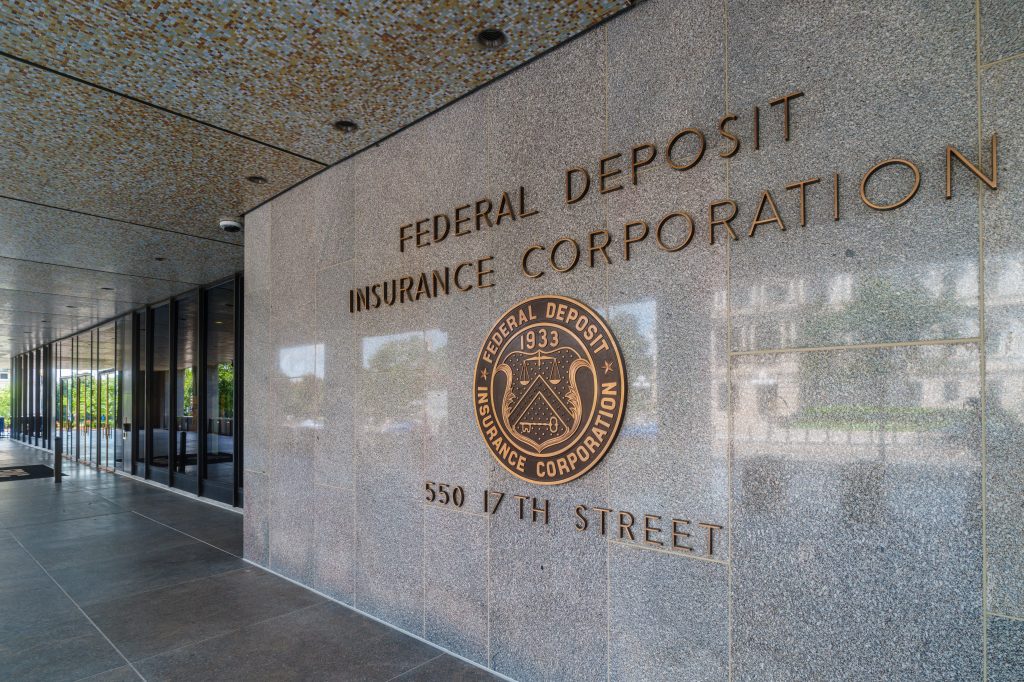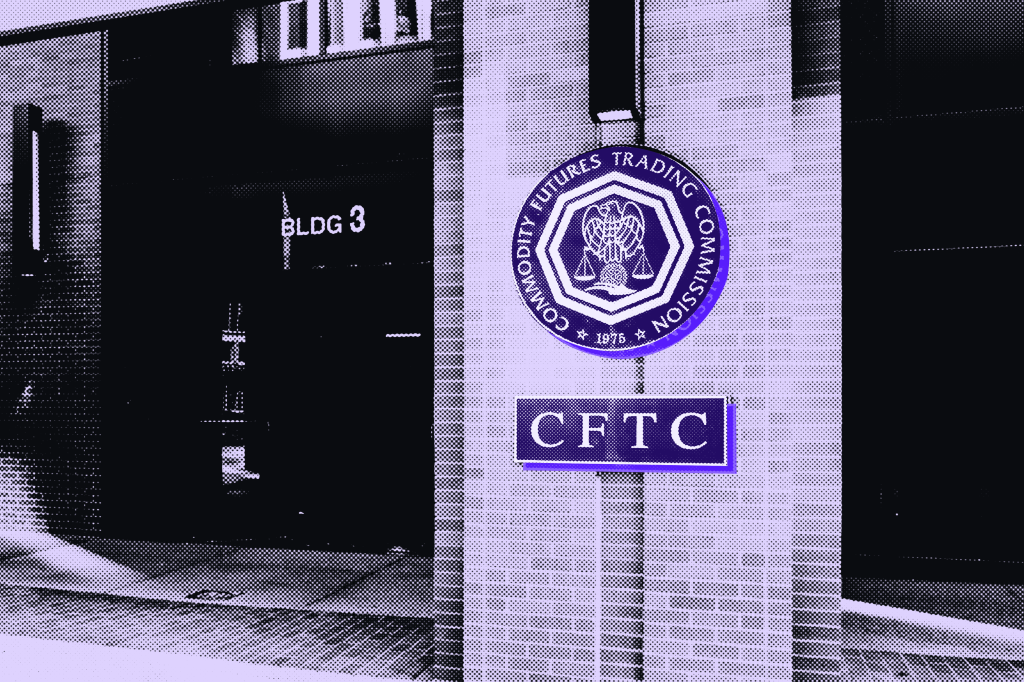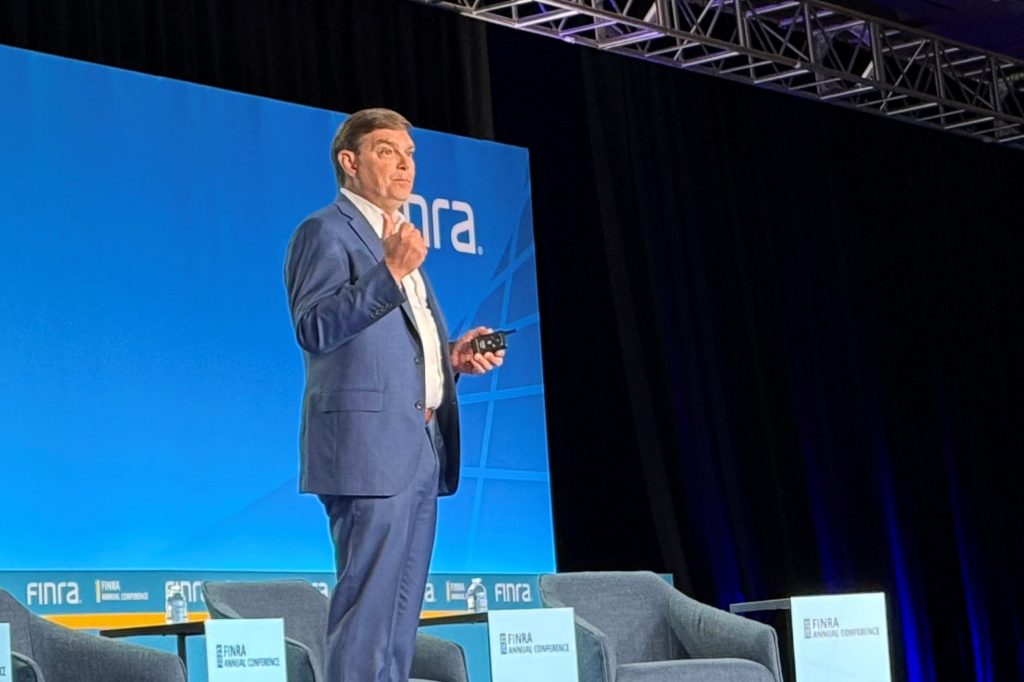The need to update, streamline and focus – all while protecting investors and the US marketplace – was the emphasis as President and CEO Robert Cook opened the FINRA annual conference event in Washington, DC, detailing several new initiatives at the self-regulatory organization (SRO).
FINRA Forward
Cook described the FINRA Forward
Register for free to keep reading.
To continue reading this article and unlock full access to GRIP, register now. You’ll enjoy free access to all content until our subscription service launches in early 2026.
- Unlimited access to industry insights
- Stay on top of key rules and regulatory changes with our Rules Navigator
- Ad-free experience with no distractions
- Regular podcasts from trusted external experts
- Fresh compliance and regulatory content every day
















